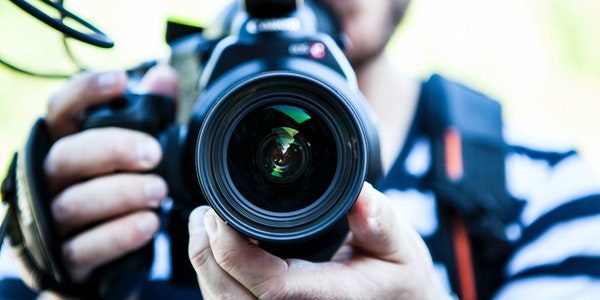To a large extent, photography is the use of aperture, shutter, and ISO. Whether you have a foundation or not, are just learning photography or are already a veteran, this aperture analysis article will benefit you a lot.
Table of Contents
What is Aperture?
Photography is always full of annoying terms and acronyms. So today let’s talk about aperture. It is no exaggeration to say that the aperture is just a hole in the lens. The hole is made up of blades that expand and contract to control how much and how little light enters the lens. From this point on, it works basically the same way as the eye.
Is it the aperture that controls the brightness and darkness of a photo?
Yes, but it’s not the only factor that controls light and dark, shutter speed and ISO can also determine the light and dark of a photo. Aperture controls how much light enters the camera, shutter speed determines how long the sensor is exposed to that light, and ISO is how sensitive the sensor is to light. All three need to be balanced to produce the right exposure.
In many cases, you’re better off setting the aperture value yourself – use aperture priority mode or manual mode, which directly controls depth of field. 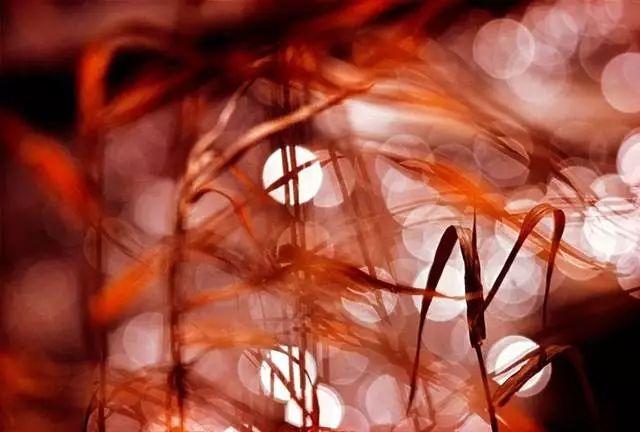
Can you explain depth of field?
While the lens can focus on a specific point, there will be an area – the image inside the area is clear and the image outside the area is blurred. This area is the so-called depth of field, and choosing the aperture is selecting the range of this area.
Simply put, a wide aperture reduces the depth of field, while a small aperture increases it. It’s easier to make an impression in your mind. Actual numbers and aperture ranges are easy to confuse. The key is to remember that larger apertures have smaller numbers, eg f/1.4 is larger than f/2.8, while smaller apertures are generally larger, eg f/22 is smaller than f/16.
There is a very easy way to remember that numbers make the aperture bigger but make it smaller, like a fraction. For example, imagine f/4 as 1/4, and f/8 as 1/8, obviously. Smaller f-stops allow more light to enter the camera.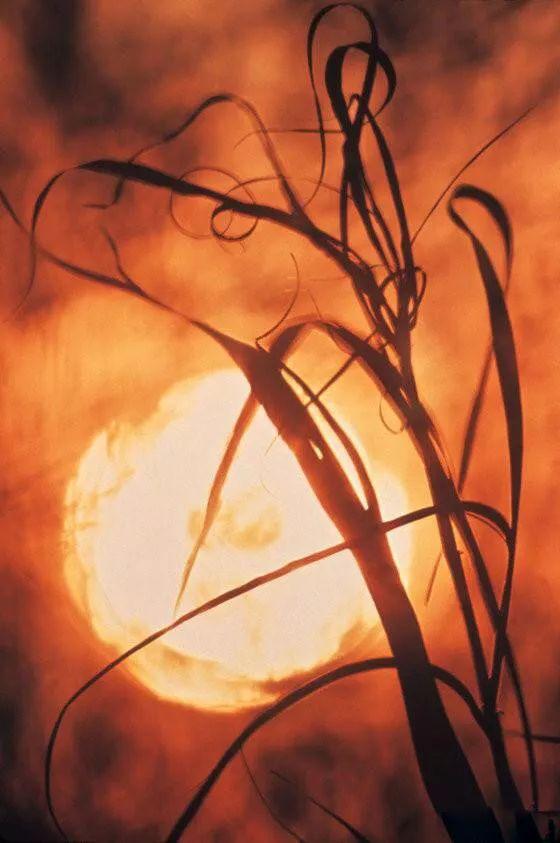
So what do these strange numbers actually refer to?
The f-stop numbers you see on your camera are what we call “f-numbers” (f-numbers or f-stops) – which may appear to be arbitrary numbers, like jumping from 4 to 5.6 to 8, etc. etc., but the numbers are actually regular. Each time you adjust the number, the amount of light entering the sensor is multiplied by 2 or halved, depending on the value you adjust. Each halving or doubling counts as “one level” – or 1EV for the light.
That is, one stage is f/8 to f/11, and two stage is f/8 to f/16. For finer control, you can operate the aperture in half-stop or third-stop. 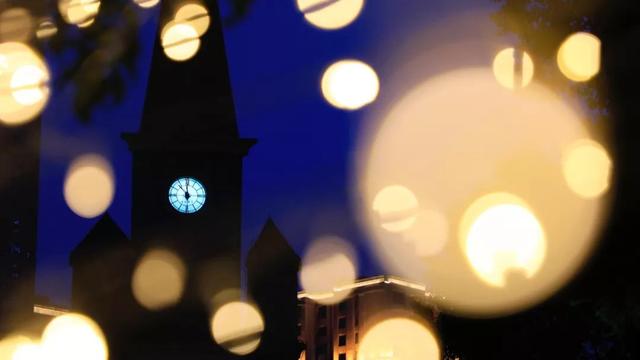
Difference in aperture value
Is the f/4 aperture of the 24mm wide-angle lens the same as the f/4 aperture of the super telephoto 500mm lens?
Although the size of the aperture opening varies from lens to lens, the amount of light allowed into the camera is the same. The actual meaning of an aperture of f/4 means that the opening consists of 4 parts, then f/16 means that the opening consists of 16 parts.
Using this rule, it is not difficult to find that the aperture of 24mm is f/4, and the diameter of the aperture is 6mm, then when the aperture value of 500mm is f/4, its aperture diameter is 125mm wide. However, although it has a large opening and more light can enter the lens, more light has then lost in the barrel of the telephoto lens. So we can draw a conclusion: no matter how large the focal length of the lens, the same aperture value, the same amount of light enters the camera sensor.
Tips: Depth of Field Preview
The image seen through the optical viewfinder is actually under the maximum aperture of the lens, and the actual depth of field effect cannot be seen. You need to press the depth-of-field preview on the front of the body to see the true depth-of-field effect. 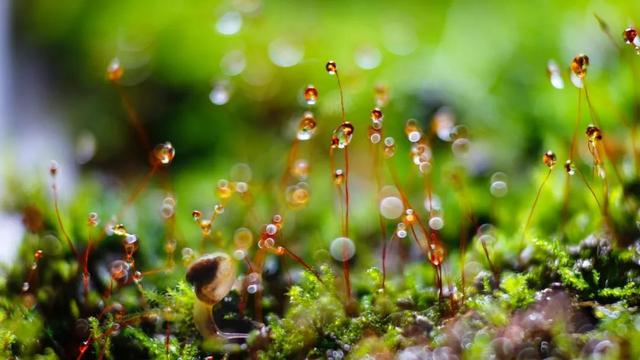
Is it better to use a large aperture or a small aperture?
It depends on what kind of effect you want to shoot. For example, a wide aperture has a shallower depth of field, which can be very effective at blurring the background and highlighting the subject.
Photographers can use a faster shutter speed while using a large aperture. Because the lens allows more light into the sensor, the exposure time can be shortened. If you’re shooting sports or wildlife, you’ll have to open the aperture as wide as possible and use a fast shutter speed to capture the action. The downside of a large aperture is that the depth of field is so shallow that you have to focus very carefully to make sure your subject doesn’t get out of focus. The smaller the aperture, the less of a concern in this regard, because a large depth of field means more of the sharper parts of the photo.
A small aperture will bring a great range of depth of field, from far to near, all scenes in the lens can be clearly captured, often used in landscape photography. However, normal exposure at small apertures requires slower shutter speeds. This means that you need to use a tripod to keep the picture sharp, unless you sacrifice picture quality by increasing the ISO value to ensure the shutter speed. Of course, when using a small aperture diffraction to shoot a light source, a beautiful starburst effect will appear unexpectedly!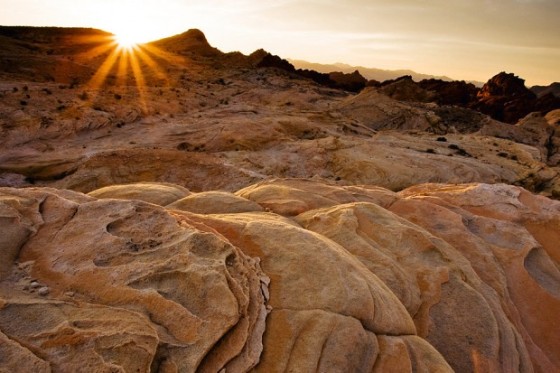
Use of Aperture
Is there any necessary relationship between bokeh effect and aperture?
The bokeh effect is related to the focal length, distance, and aperture. With the first two being the same, we can discuss the relationship between aperture and bokeh.
When the aperture size is the same, the more and rounder the aperture blades are, the more rounded and better-looking the out-of-focus effect will be in actual shooting. Therefore, the number and shape of the aperture blades have become an important criterion for evaluating the quality of the lens. When buying a lens, we may also pay attention to this parameter. If you prefer a rounded bokeh effect, choose a circular aperture blade, and choose the lens with the highest number of blades.
Tips: Tips for buying lenses
The rounded aperture blades provide a very rounded, soft bokeh effect. So, if you’re serious about bokeh, then you need to choose a lens with rounded aperture blades and the highest number of blades.
